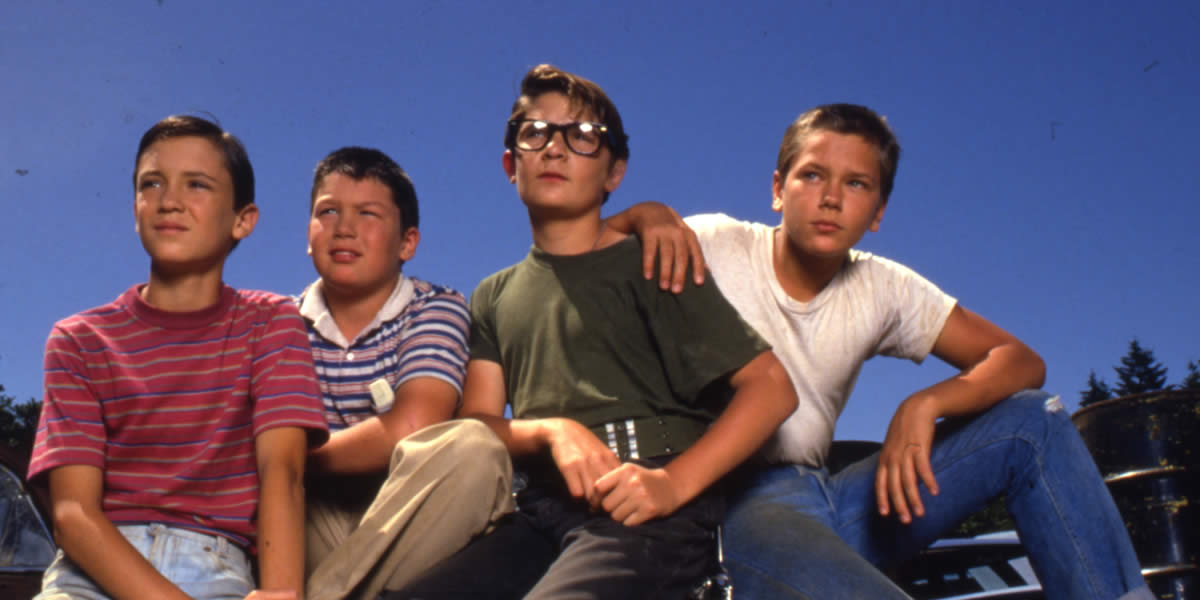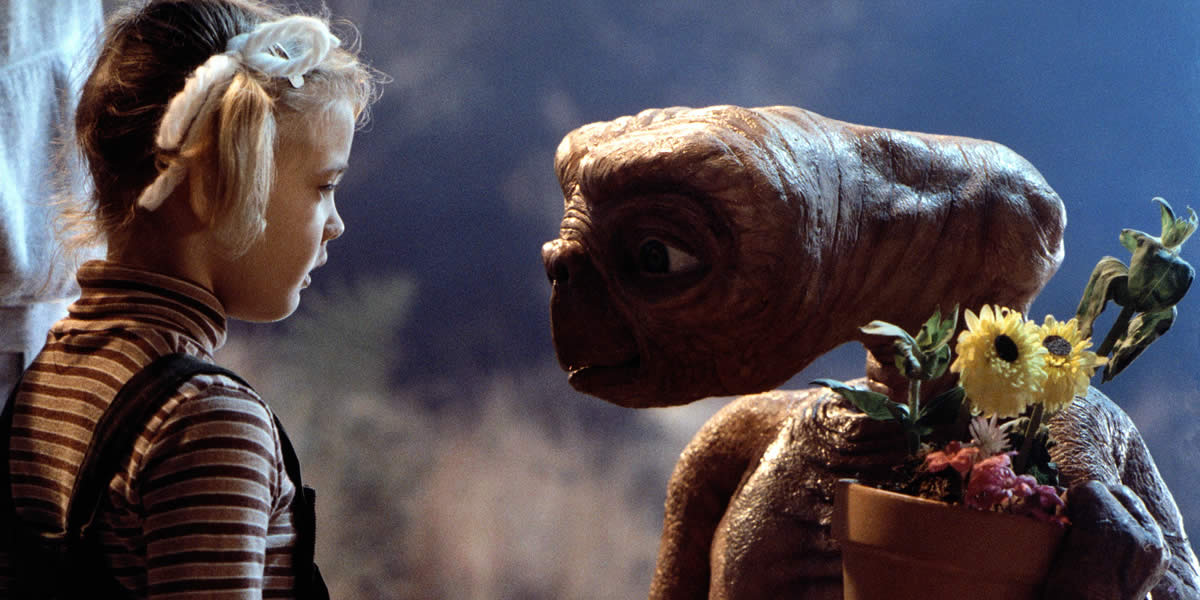Premiering back in 1987, the family sitcom, Full House quickly grew to become one of the most iconic 80s TV shows of the decade.
The 80s were a time of change, and both Hollywood and television began creating more family and kid-friendly shows and movies. One of the most iconic 80s TV shows was Full House. The show followed the life of Danny Tanner and his very unconventional household. A widower, Danny Tanner was responsible for raising several daughters, but he was not on his own. With the help of 2 very close friends, the trio created a series of funny and memorable episodes that changed a generation forever.
Family-Oriented 80s TV Shows
American society went through many different economic and social shifts during the early 1980s. This led to an increase in consumerism and a rise in suburban living. There was an increase in the concept of traditional family values, and television reflected these changes. Throughout the 80s, a number of excellent family sitcoms were filmed including Family Ties and The Cosby Show. These shows laid the groundwork for family-friendly programming that not only introduced important life lessons but balanced it out with humor. It provided families with wholesome entertainment.
It was in this environment, that Full House emerged. It offers a very lighthearted yet touching portrayal of family life. But not in the traditional sense. After all, many children of the 80s grew up in broken households, so it was easier for them to relate with the kids in Full House. The nontraditional structure portrayed in the show, allowed people to relate with a more realistic form of family life. By focusing on a widower father who is raising 3 daughters with the help of his best friend and brother-in-law, Full House was able to match the family dynamics of the time.

What Made Full House One of the Most Unique 80s TV Shows
A number of factors help to make Full House one of the most unique 80s TV shows. These include the nontraditional family structure, the introduction of very special episodes, and the use of iconic catchphrases.
Non-Traditional Family Structure
The defining aspect of Full House was its portrayal of a nontraditional family structure. Danny Tanner, with the help of his best friend Joey Gladstone and his brother-in-law Jesse Katsopolis raised 3 daughters, DJ, Stephanie, and Michelle. This makeshift family setup seemed to resonate with viewers, as it broke the concept of the traditional nuclear family seen in other sitcoms of the era.
Sure, shows like The Brady Bunch had previously introduced people to blended families, but Full House managed to take it a full step further by showing how men could actually take on a caring and nurturing role. After all, the 80s was still a time of stay-at-home mothers and hard-working fathers. But all of this was about to change, and its impact changed the culture of the 80s and 90s forever.

Very Special Episodes
Many sitcoms during the 80s featured special episodes which were created to take on very serious topics. And, Full House was well known for its very special episodes. During these episodes, they took on serious topics like peer pressure, loss, and of course growing up. And, at the end of these episodes, the characters would actually sit down and have a heart-to-heart talk in order to discuss what lessons they have actually learned. While this formula had been criticized early on, it quickly became a hallmark of family sitcoms during the 80s. It managed to resonate with audiences who actually appreciated the show’s ability to address real-life issues in a way that children could understand better.
One of the most memorable very special episodes was entitled “Just Say No Way”. This specific episode dealt with teenage drinking. DJ attended a party where alcohol was present, and the show approached that topic with a layer of sensitivity in order to offer clear moral lessons without being preachy. It was these types of episodes that made Full House truly influential, and it provided viewers especially younger viewers with a framework for understanding complex social issues.
Iconic Catchphrases
Of course, Full House also embodied its use of catchphrases and funny moments. This helped to make the show one of the greatest 80s TV shows. The middle-aged daughter, Stephanie, who was played by Jody Sweetin would often say, “How rude!” Even the youngest daughter, Michelle, who is played by Mary Kate and Ashley Olsen, was known for her cheeky “You got it, dude!” catchphrase. Soon, kids all over the country were using these phrases on a daily basis.
When it comes to comedy, Full House excelled at situational comedy. This was usually based on family mishaps or misunderstandings. It was always considered to be lighthearted, but it made it perfect for family viewing. The timing of the cast’s interaction with one another helped to make it even funnier. Some of the most memorable moments of levity throughout the show were the interactions between Jesse, Joey, and Danny. The company was able to easily balance out the more serious undertones of the show.
The 80s TV Shows Cast of Full House
Naturally, Full House would not have become quite as iconic if it wasn’t for the cast. Danny Tanner was played by Bob Saget, who had already built a name for himself as a comedian and the host of America’s Funniest Home Videos. While his stand-up comedy career was more focused on adult comedy, he was able to show his family-friendly image with the help of John Stamos who played Uncle Jesse, and Dave Couiler who played Joey.
And although the trio helped to turn Full House into a truly iconic 80s TV shows, it was actually the Olsen twins who helped to skyrocket the show’s fame. The youngest daughter, Michelle Tanner, was actually played by 2 twins, Mary Kate and Ashley Olsen. Through their appearances and Full House, they quickly grew to become cultural icons. And later on, they would build an empire of children’s entertainment and fashion lines.
How Full House Influenced 80s TV Shows Forever
The impact of Full House was profound. Not only was Full House one of the most beloved 80s TV shows of the time, but it still attracts audiences today thanks to reruns. While the original show ended back in 1995, it was so enduring and so successful that it actually led to a revival on Netflix in 2016. Fuller House catered to the nostalgic fans and the new generation of viewers all at the same time.
Moreover, Full House also influenced how other sitcoms would address family dynamics. They managed to show that nontraditional families could be just as loving and supportive as conventional ones. They focused on emphasizing moral lessons and built this around wholesome comedy, in order to provide entertainment and life lessons at the same time. Future shows that followed the same pattern included Family Matters and Boy Meets World.
The legacy of Full House is still evident today and plays a relevant part in pop culture. Not only is it referenced in other TV shows, but the scenes from the show are used constantly to create memes, and share the catchphrases. Despite all of its quirks, the Tanner family still remains an icon of 80s TV shows, and it has become a touchstone for people looking for nostalgia and comfort.

Conclusion
The 80s TV shows Full House was more than just a popular sitcom. It was a cultural phenomenon that changed the landscape of family television forever. Its use of a non-traditional family structure and its ability to tackle serious issues helped to elevate its status as an icon of the 80s. The characters not only helped to define the show, but they also helped to redefine family entertainment forever. The family values, humor, and life lessons continue to resonate with audiences today, reminding us of just how powerful television can be in our daily lives.





